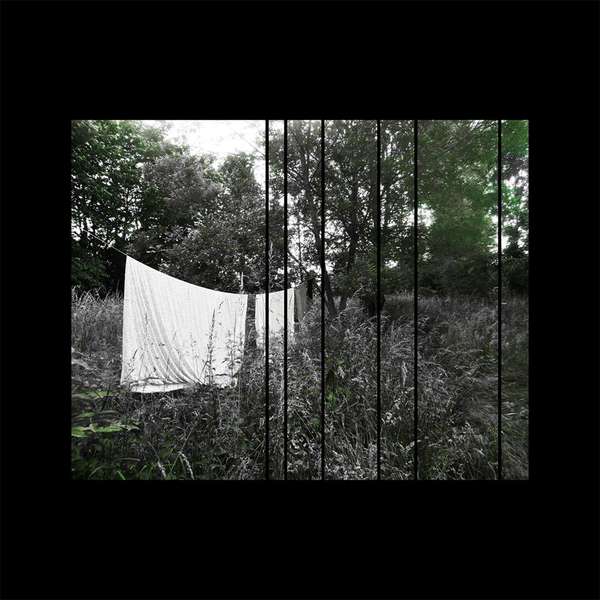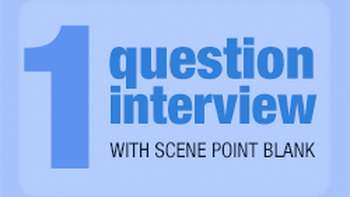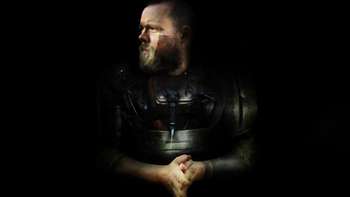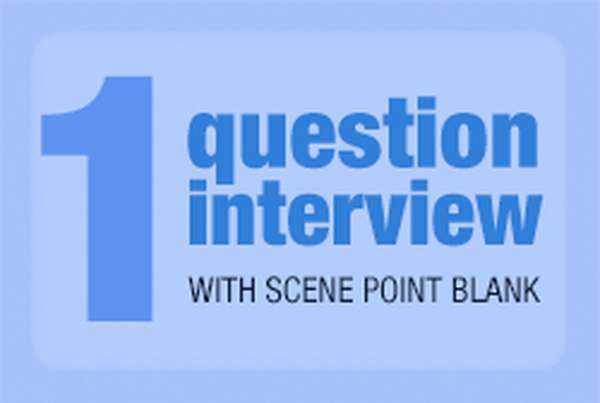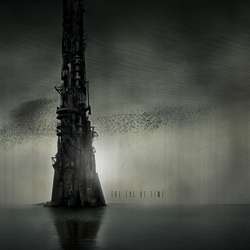Marc Euvrie is certainly a unique specimen when it comes to musicianship. When the previous, self-titled, album of The Eye of Time came out, it was just an unbelievable record to handle. The sheer weight of the album, its experimental scope and its extreme outbreaks, definitely left their mark. But today, Euvrie returns with quite different concept in mind, and instead of a head on assault of epic proportions, he strips down into the most basic concepts that are at his disposal. Essentially he creates a classical album, and that is what Acoustic is.
But what is the quintessential aspect of The Eye of Time is that, even though the instrumentation is stripped down to the very basics (just piano and cello), you can still see the connection between Acoustic and the self-titled album. Euvrie has not lost his identity as a songwriter and a performer. Sure, the ambiance is less dystopian and Acoustic does allow a few glimpses of hope to come in, but it is still so clear that the songs of Acoustic could have been the foundations for the tracks in the self-titled album.
In addition to that, even the concept of the album is unbelievable. Euvrie goes through some of the darkest moments of the human history, starting from our origins in “Dead Sea, Cisjordan, -150.000” with the rapid piano notes making this trip very emotional and filled with sorrow and pain. The Eye of Time then travels from the times of the Black Plague in “Rondane, Norway, 750,” with the stunning cello coming in and induces further melancholy and sorrow.
The devastation that the Spanish civil war caused is the main influence of “Catalonia, Spain, 1936” with the beautiful piano lines and the amazing progression of the track revealing the magnitude of the greatness of the compositional skills of Euvrie. It is amazing how the songs are able to convey this feeling of sadness but at the same time they offer an almost cathartic undertone. That is also the case with “Treblinka, Poland, 1943,” where there is no need to mention what the influence of the song has been. The Eye of Time unfolds one of the grandest moments of the album, a seven minute long moving piece that will make you travel to the depths of despair before it offers you a cleansing conclusion.
Moving on to the present, Euvrie finds inspiration from the 2008 riots in Greece, and brings forth an unbelievable track in “Exarchia, Athens, Greece, September 2008-February 2009.”The track is unbelievable, managing to transport you to a whole other plane of existence, before Euvrie offers the final chapter in this album. In “Somewhere, 2041,” Euvrie makes a prediction for the future and creates a more up-lifting track than its predecessors. It is as if The Eye of Time allows for a final glimpse of hope in the future, even though it might look like it is too far away.
Euvrie brings together his influences from modern day composers, such as Philip Glass and Michael Nyman, alongside his love for classical music and his admiration for acts such as Portishead and Godspeed You! Black Emperor. Acoustic is the result of this combination and is an excellent album in its own right.
